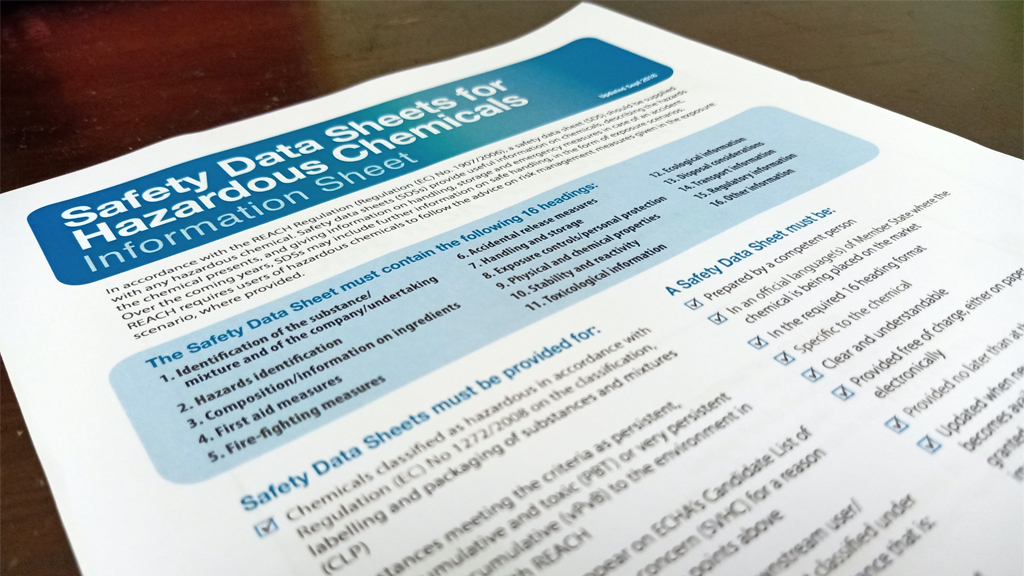Archive: NIH Archive: Genome: Unlocking Life’s Code, Playlist, August 16, 2023
Genome: Unlocking Life’s Code provides free lesson plans and storyline units to help guide high school students as they explore various genetics, natural selection, and evolution concepts. Units will culminate in community-focused projects.
Genome: Unlocking Life’s Code provides free lesson plans and storyline units to help guide high school students as they explore various genetics, natural selection, and evolution concepts. Units will culminate in community-focused projects.
Genome: Unlocking Life’s Code provides free lesson plans and storyline units to help guide high school students as they explore various genetics, natural selection, and evolution concepts. Units will culminate in community-focused projects.
Genome: Unlocking Life’s Code provides free lesson plans and storyline units to help guide high school students as they explore various genetics, natural selection, and evolution concepts. Units will culminate in community-focused projects.




